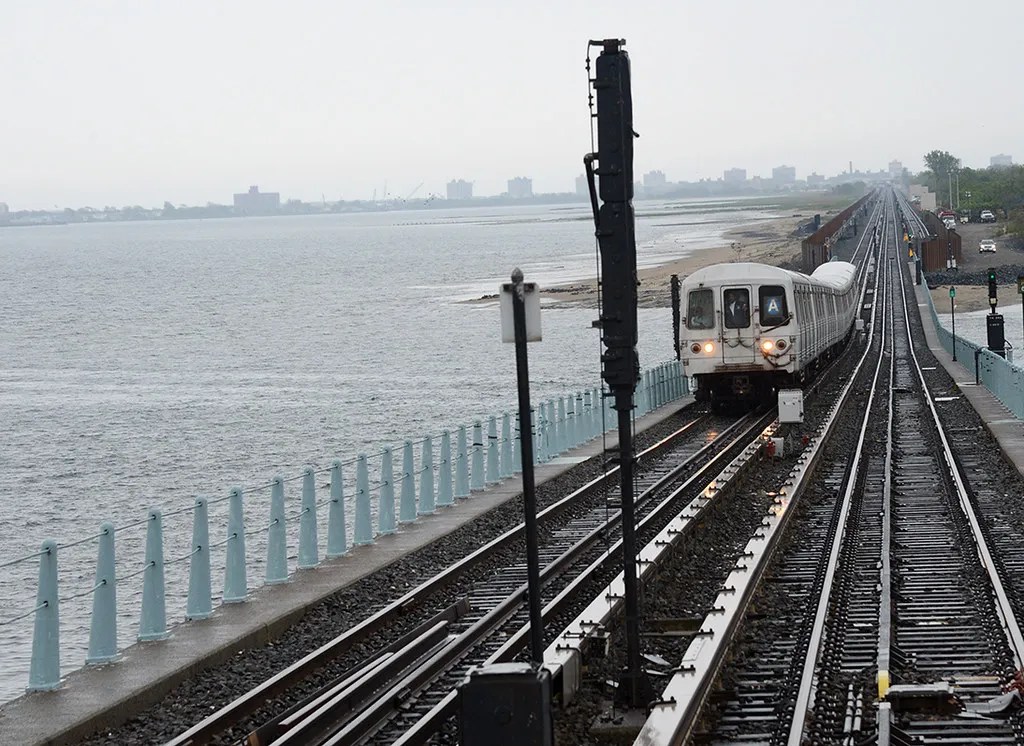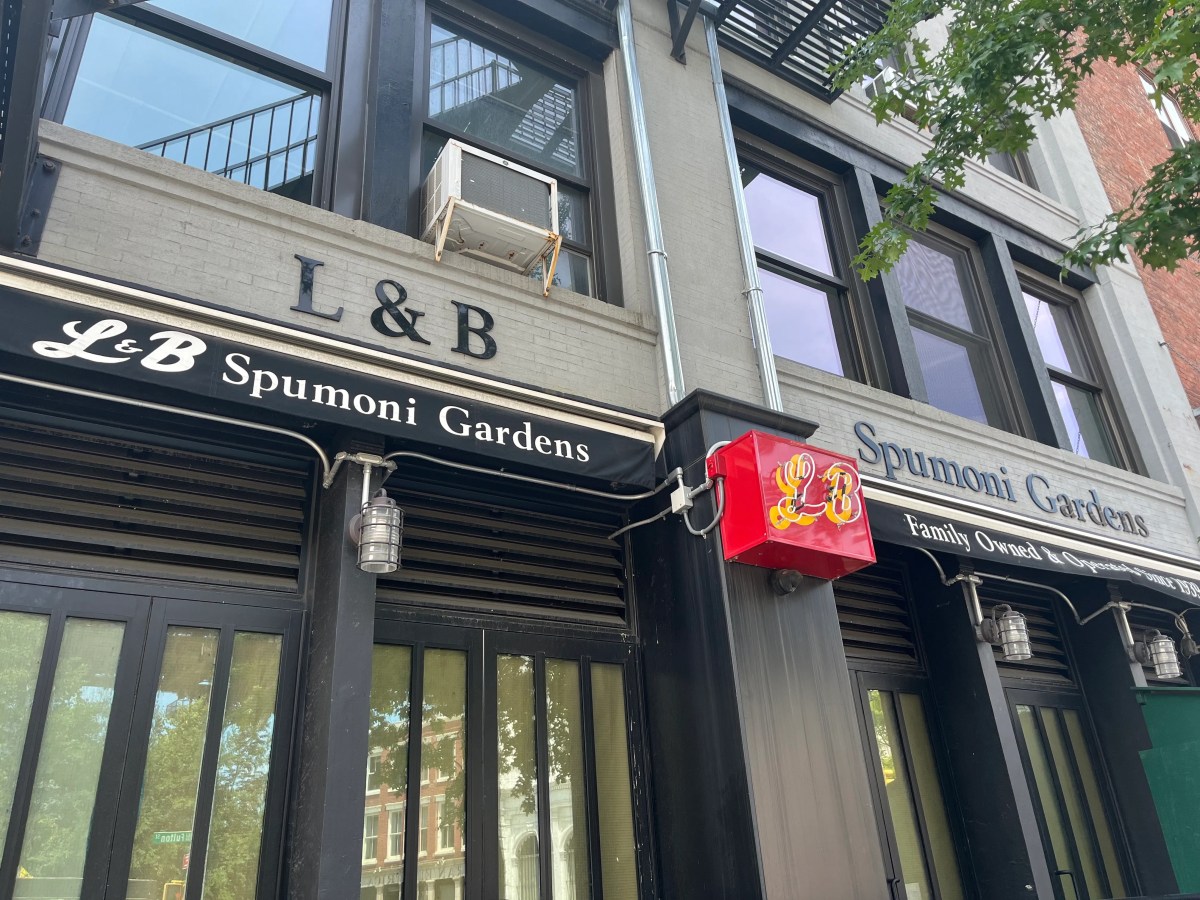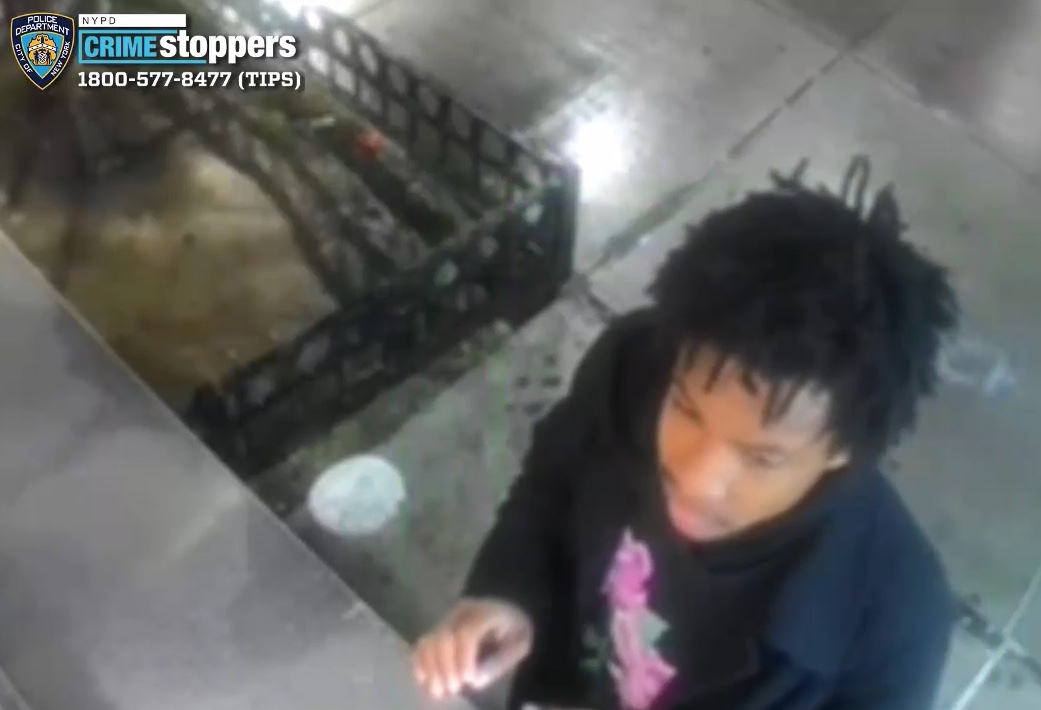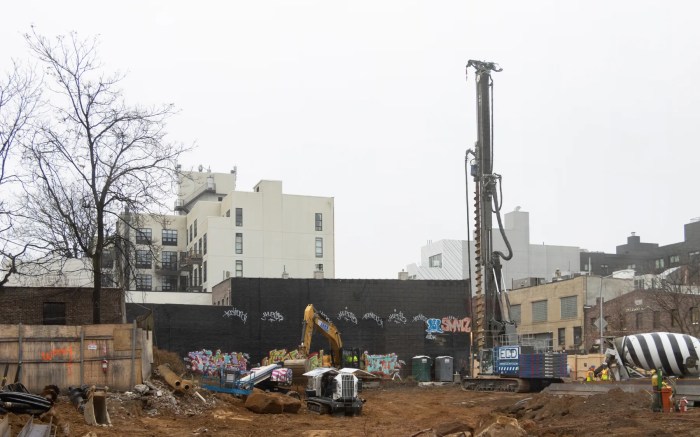The Children’s Aid Society’s recent announcement that it is considering selling its Sullivan St. buildings came as a tremendous shock to families for whom the Society and its programs are vitally important parts of their lives. The Society’s board of directors is expected to vote today on whether to move forward with the plan to sell.
The Children’s Aid Society has, in fact, been an integral part of Greenwich Village, Tribeca and much of Lower Manhattan for more than 100 years. Although the neighborhoods demographics and income levels have changed over the years, the Society and its programs are no less treasured today than they were 50 or 100 years ago.
But the Society says its work is more desperately needed in other neighborhoods where children are at greater disadvantage. All of Downtown has become affluent and the Society’s buildings are prime assets, they say, the sale of which could fetch an estimated $20 million to $30 million to help more needy kids elsewhere.
Yes, the Village and other neighborhoods have become more upscale. But not all the 1,500 children C.A.S. serves annually at Sullivan St. come from well-off homes: That the Philip Coltoff Center gives out an annual $300,000 in financial aid attests to that.
Above all, these buildings and these programs are greatly needed here. The C.A.S. early-childhood center and nursery school comprise the largest such facility in Downtown Manhattan. The Sullivan St. offerings also include a vaunted after-school arts program and a performing-arts program, as well as camps and youth athletics.
Local parents absolutely rely on the center’s programming — and are especially grateful for the affordable prices, which, in many cases, are thousands of dollars below that of comparable programs. It’s no secret that there aren’t enough pre-K seats in the Village’s public schools, so, in that regard, the Coltoff Center is also providing a critical service.
Basically, all that the center’s parents are asking is that Children’s Aid Society give them a chance to work out a way to keep these wonderful programs running. Thankfully, the society’s board has agreed to allow the programs to keep going until June 2012.
Because these properties aren’t residential, and because the Landmarks Preservation Commission, unfortunately, still hasn’t designated the entire proposed South Village Historic District, the risk is that an extremely large, noncontextual, high-rise tower could be developed on the C.A.S. property, four lots in total, north of Bleecker St. This would be a terrible legacy for the Society to leave the community that has nurtured it for more than a century, just as C.A.S. has, in turn, enriched our community and our lives.
In short, there’s ample opportunity for profit — but if expectations are lowered a bit, it could be a win-win for both C.A.S. and the community. For example, it’s no secret that Little Red Schoolhouse is interested in the Society’s Sullivan St. buildings. Another local school is also said to be interested.
Downtown’s diversity has been eroding for years, and if C.A.S. and its programs are lost, it will only hasten the homogenization. To parents, C.A.S. on Sullivan St. is “like family.” The loss of its programs would be immeasurable.
C.A.S.’s mission is to help children and communities, which it has done superbly here on Sullivan St. for so long. If the Society decides it must leave — then at least give the families a chance to keep alive the programs that have made such a difference in their lives.
Also, Landmarks should designate the rest of the South Village Historic District now — as it said it would do last year — so that mega-development doesn’t irreparably alter and damage our historic, low-rise community.





































